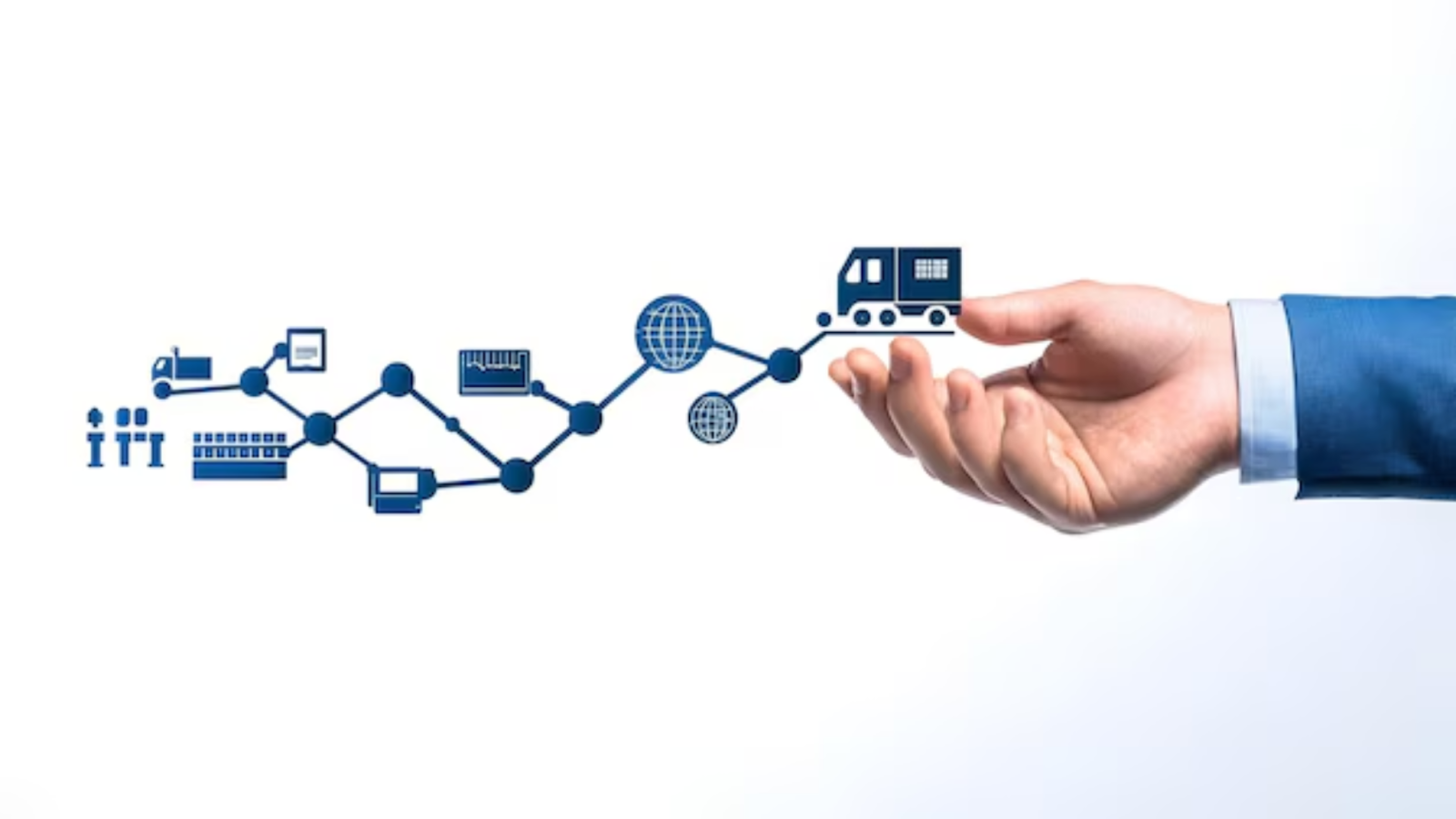In today’s fast-paced B2B landscape, efficiency isn’t just a goal—it’s a necessity. Yet, many sales and order management teams remain bogged down by a surprisingly analog reality: customers still place orders via email threads, PDF attachments, Excel sheets, phone calls, and even scanned handwritten notes. While convenient for buyers, this chaotic input creates massive friction for sellers—leading to delays, errors, and lost revenue.
Enter AI-powered order automation software: the intelligent solution that doesn’t ask your customers to change how they communicate. Instead, it adapts to them—reading, understanding, and converting unstructured requests into clean, actionable sales orders in your ERP system. But how exactly does AI make sense of such messy, human-centric data?
Understanding Unstructured Data with Advanced AI
Traditional automation tools, such as RPA (Robotic Process Automation) or basic e-commerce portals, require structured inputs, including part numbers, SKUs, and predefined forms. But real-world B2B ordering rarely works that way. Customers say things like:
“Please send 3 units of the stainless-steel valve we bought last quarter—same as PO#12345.”
Or attach a scanned purchase order with handwritten quantities in the margins.
This is unstructured data—and it’s where conventional systems fail. Modern AI, however, thrives on it.
Using a combination of Natural Language Processing (NLP), Computer Vision, and Machine Learning (ML), intelligent order automation platforms can:
- Parse free-form text in emails to extract product intent, even without part numbers.
- Read tables and item lists in PDFs, Excel files, and Word documents.
- Interpret handwritten notes on scanned documents using optical character recognition (OCR) enhanced by deep learning.
- Cross-reference past orders, customer history, and product catalogs to fill in missing details.
For example, if a customer emails, “Need 10 of the blue gaskets we used on Project Alpha,” the AI doesn’t just see words—it connects “blue gaskets” + “Project Alpha” to a specific product SKU in your system based on historical data.
From Chaos to ERP in Seconds
Once the AI interprets the request, it doesn’t stop there. The system validates pricing, checks inventory, applies customer-specific contracts, and even flags discrepancies (e.g., “Requested quantity exceeds MOQ”). Then, with zero human intervention, it creates a complete sales order directly in your ERP—SAP, Oracle, NetSuite, or others.
This end-to-end automation means:
- Orders processed 24/7, even outside business hours.
- 90%+ reduction in manual data entry.
- Near-zero errors in order transcription.
- Faster fulfillment and happier customers.
Why This Matters for B2B Growth
Forcing customers to use rigid e-commerce portals often backfires—especially for complex or non-stock items. In fact, according to industry studies, 75% of B2B transactions still occur over email. Why? Because it’s convenient. Customers don’t want to hunt for part numbers or navigate clunky interfaces. They want to communicate in plain English—or their industry’s jargon.
AI-powered order automation respects that preference. It meets buyers where they are, turning their preferred channels into digital touchpoints without requiring a behavior change.
Moreover, this technology unlocks hidden revenue:
- Previously ignored RFQs (requests for quotes) for non-standard items can now be processed automatically.
- Sales reps shift from “order takers” to strategic advisors, focusing on upsells and relationships.
- Procurement teams gain real-time visibility into demand patterns through AI-generated analytics.
Real-World Impact: Beyond Theory
Consider a mid-sized industrial distributor that handles over 500 weekly orders via email and fax. Before AI automation, their order team spent 60% of their time decoding attachments, calling customers for clarification, and manually entering data. After implementation:
- Order processing time dropped from 48 hours to under 2 hours.
- Order accuracy rose to 99.8%.
- The team reclaimed 25+ hours per week for customer engagement.
This isn’t science fiction—it’s the new standard for agile B2B operations.
The Future Is Conversational—and Automated
As AI continues to evolve, its ability to handle nuance also evolves. The next frontier includes voice-to-order conversion from phone calls, real-time multilingual support, and even integration with metaverse commerce via digital twins.
But the core promise remains the same: automation that adapts to humans, not the other way around.







